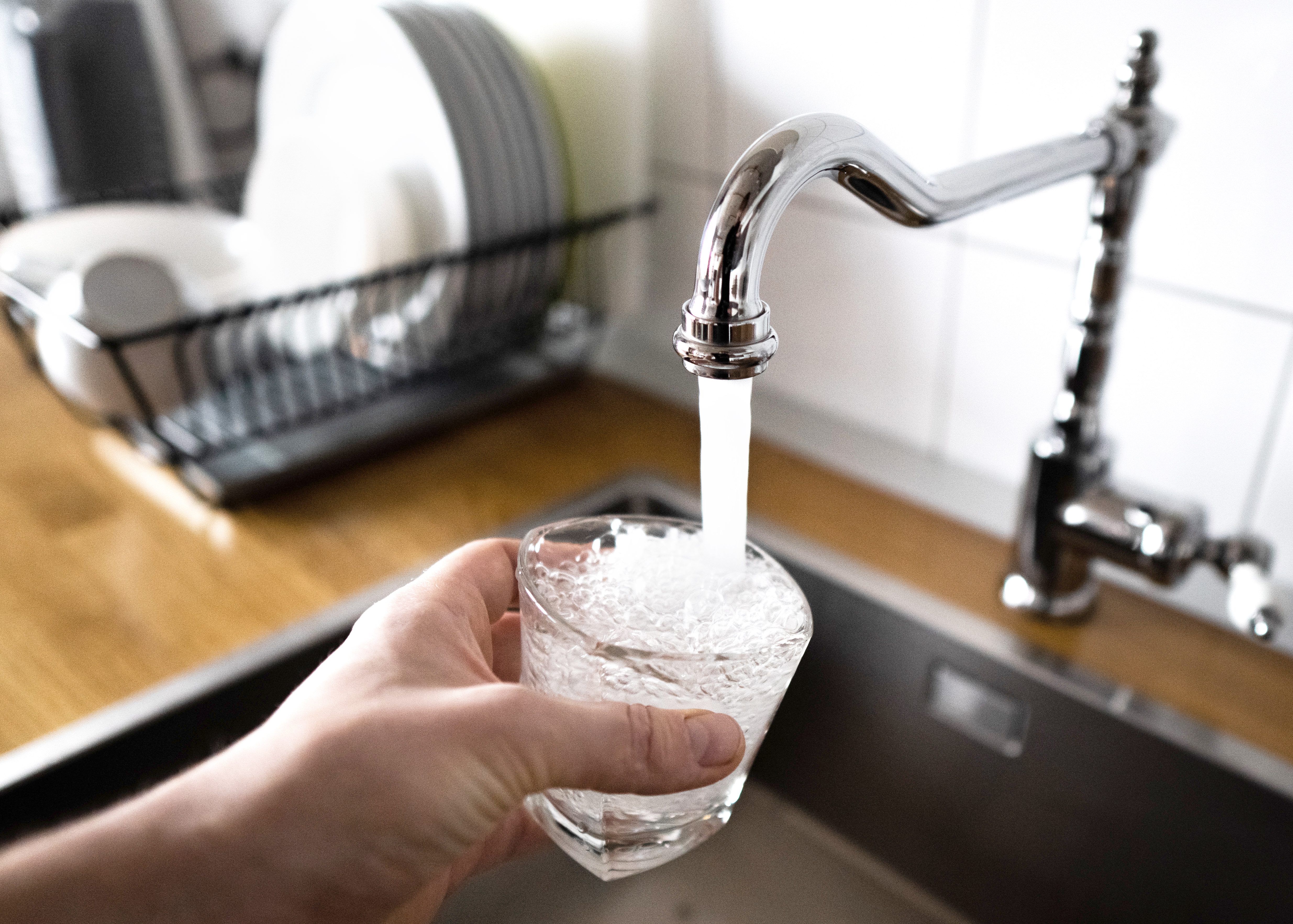
Learn how much plumbers cost in Columbus, Ohio. Discover pricing for faucet repairs, pipe work, and emergency services, plus how you can save money.
You’ll be back to singing in the shower in no time


If your shower fills the tub and turns it into an impromptu bath, you probably have a clogged drain. The usual culprit is a clump of hair mixed in with debris. Luckily, learning how to unclog a bathtub with a few household tools or a quick trip to the store is easy. Read on to learn how to get your drain moving and make bath time fun again.
First, identify the type you have to determine the best way to remove your bathtub drain stopper. Here are the three main types:
Drop Stopper: This type is equipped with a knob on top that you lift and turn to open the drain. Beneath the cap is a setscrew. Grab your screwdriver, and unscrew the stopper from the setscrew to remove it.
Push or Lock-Drain Stopper: This one is outfitted with a lock and seal mechanism—push down on the stopper once to lock it and twice to release the lock and open the drain.
Grab your screwdriver, hold on to the round stem, and unscrew the cap. You can also remove the entire shaft (the long piece that feeds into the drain) if you need to send your wire deeper into the drain.
Levered Stopper: You’ll most likely find this one in older drains. The stopper is inside the drain and connects to an overflow tube. The overflow plate is attached to the wall above the drain.
Grab your screwdriver. Remove the screen, and unscrew the overflow plate. Pull out the linkage (the piece that opens and closes the drain) and the stopper.
Get a coat hanger or a 12-gauge wire. Take a pair of needle-nose pliers and bend the end of the wire to create a small ½-inch U-shaped hook. You’ll use this hook later to grab the wad of hair and debris clogging your drain.
Put on gloves, grab a trash bag and flashlight, and look down the drain. Sometimes the clog is right near the top, and you can pull it out with your hands.
Otherwise, you’ll need to take your wire and feed it down the drain until you feel the clog.

Slowly pull your wire up, remove the clump, and place it into a trash bag. Depending on how clogged your bathtub drain is, you can push the wire down a few more times to pull up as much of the clog as possible.
There may also be hair wrapped around the drain’s crossbars. You can cut the hair with a utility knife and remove it with the wire or your gloved hands.
Finally, you might find that your wire doesn’t get far enough down the drain to reach the clog. In that case, you’ll need to try using a drain snake. You can purchase a wallet-friendly plastic drain snake from a home improvement store that extends 18 inches.
Gently insert the snake into the drain and push it as far as possible. Carefully pull it back up and out of the drain. You should be able to pull up hair and debris with this method.
Take all tools and bathtub parts out of the tub, turn on the warm water, and test your drain’s flow. If everything runs smoothly, you can move forward with the cleanup.
If none of these methods work, we recommend calling a local plumber to assess the clog and provide a drainage solution.
Give the stopper, shaft, linkage, and overflow plate a good cleaning. Take your screwdriver and set the stopper back in place.
Run the water and clean the hair from your tub drain, removing any excess dirt and debris.
Pro tip: Prevent clogs in the bathtub by adding a drain cover to catch hair and dispose of it regularly.
Unclogging your bathtub is a relatively straightforward task. DIY-savvy homeowners equipped with the right tools should have no problem removing bathtub clogs.
However, if you don’t have the proper tools or your clog is extensive, you’ll want to call a plumber near you. The average cost to hire a plumber to unclog a drain is $150 to $350.
If your drain is running slow, you can test out a couple of homemade mixtures to get the tub drain moving again and give the pipes a chance to smooth out.
Pour 1/4 cup of liquid dish soap into the drain. Next, slowly pour a bucket of hot water (but not boiling) to help push through dirt and debris.
Or pour 1 cup of baking soda down the drain and let it sit for five to 10 minutes. Next, pour 1 cup of vinegar down the drain, followed by a bucket of warm water.
You can pour a pot of hot water down the drain to help a clog move. However, only try this technique for metal pipes, not plastic pipes—boiling water can damage and loosen them.
Yes, you can damage the drain line connection and ruin the trap if you use too much force with a plunger.
To avoid this, you’ll need to block the overflow drain by stuffing it with rags (this creates a vacuum for the plunger). Add some freestanding water to the tub, then place the plunger directly over the drain, and push down firmly several times until your drain starts flowing again.
From average costs to expert advice, get all the answers you need to get your job done.

Learn how much plumbers cost in Columbus, Ohio. Discover pricing for faucet repairs, pipe work, and emergency services, plus how you can save money.

Learn about main water line repair costs in Columbus and what affects pricing to be prepared before you start getting estimates.

Discover the leading factors affecting your main water line replacement cost in Columbus, including length, material selection, and installation details.

Most homeowners will eventually need to replace bathroom hardware. This guide breaks down bathtub faucet installation costs, so you can upgrade your bathroom.

If the temperatures plummet below 20 degrees, you should pay attention to your home’s pipes. Learn what to do if pipes freeze, and how to prevent them from bursting.

If your tub stopper is ruining bathtime or it’s time for a new one, you can easily DIY the job. Keep reading to discover how to remove a bathtub drain stopper.